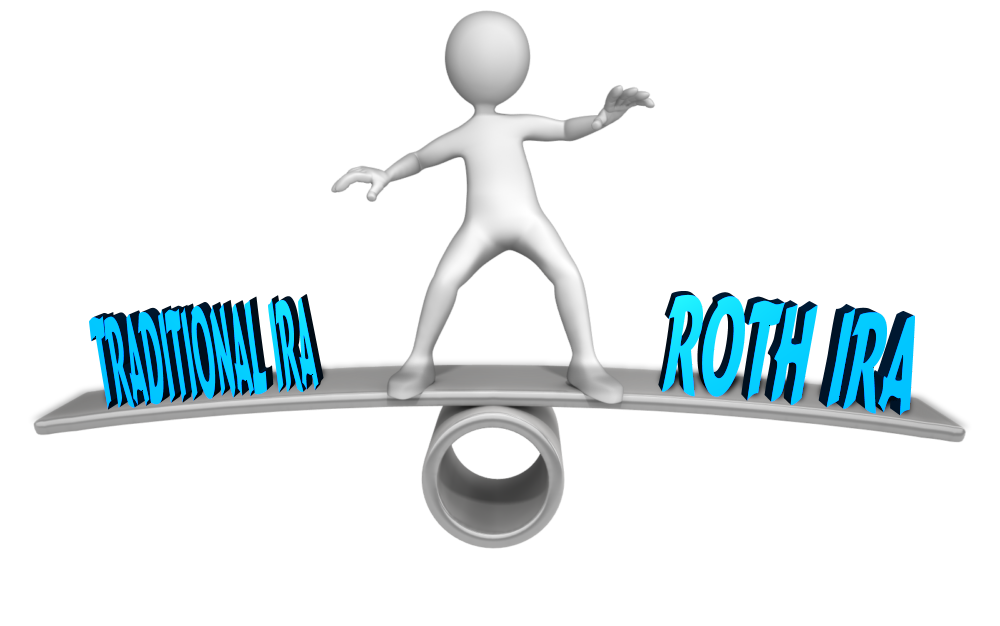Traditional IRA or Roth IRA Contribution – Making The Choice
 Many taxpayers agree that making a contribution to a Traditional IRA or Roth IRA is a good way to help fund a retirement nest egg. However, choosing which of the two IRAs to fund is not an easy decision to make for most. This is due in part to the many factors that should be taken into consideration, including the affordability of giving give up any tax deduction now in exchange for tax-free distributions later. We review some of these factors in this article.
Many taxpayers agree that making a contribution to a Traditional IRA or Roth IRA is a good way to help fund a retirement nest egg. However, choosing which of the two IRAs to fund is not an easy decision to make for most. This is due in part to the many factors that should be taken into consideration, including the affordability of giving give up any tax deduction now in exchange for tax-free distributions later. We review some of these factors in this article.
Eligibility for a Roth IRA Contribution
If you have eligible compensation for the year, such as W-2 wages, you can contribute to a Roth IRA, providing your modified adjusted gross income (MAGI) does not exceed certain amounts. The chart below shows these amounts.
| Tax Filing Status | 2014 MAGI | Allowed contribution |
| Single | $114,000 or less | 100% |
| $114,000 – $129,000 | Partial | |
| $129,000 or more | None | |
| Married filing jointly | $181,000 or less | 100% |
| $181,000 -$191,000 | Partial | |
| $191,000 or more | None | |
| Married filing separately | Less than $10,000 | Partial |
| $10,000 or more | None |
If you are not eligible to contribute to a Roth IRA, you may make your contribution to a Traditional IRA, assuming you are eligible to do so. Contributions cannot be made to your Traditional IRA if you are at least age 70½ as of the end of the year for which the contribution is being made.
Deductibility for Traditional IRA Contribution
A Traditional IRA contribution is fully deductible, if you are not covered under an employer sponsored retirement plan, such as a pension or 401(k) plan or married to someone who is. If you are covered under an employer sponsored retirement plan or married to someone who is, your eligibility to deduct a contribution to a Traditional IRA is based on your marital status and MAGI amount, as indicated in the chart below.
| Tax Filing Status | 2014 MAGI | Allowed deduction |
| Single | $60,000 or less | 100% |
| $60,000 – $70,000 | Partial | |
| $70,000 or more | None | |
| Married filing jointly or a qualifying widower, and active | $96,000 or less | 100% |
| $96,000- $116,000 | Partial | |
| $116,000 or more | None | |
| Married filing jointly. Not active, but spouse is active | $181,000 or less | 100% |
| $181,000 – $191,000 | Partial | |
| $191,000 or more | None | |
| Married filing separately | Less than $10,000 | Partial |
| $10,000 or more | None |
When Eligible For Both a Roth IRA Contribution and a Deduction
If you are eligible to make a Roth IRA contribution and eligible to deduct a Traditional IRA contribution, you should then determine which is more suitable for your financial profile. The answer depends on several factors, which includes the following:
Affordability
Consider whether you can afford to give up the tax deduction now in exchange for the tax-free growth. Taking a tax-deduction for an IRA contribution reduces the immediate financial impact of the contribution, by offsetting the contribution with the deduction. However, earnings that accrue in a Traditional IRA are subject to income tax when withdrawn. On the other hand, while a contribution to a Roth IRA is not deductible, the earnings can be tax-free if certain requirements are met,
Taxes
Consideration should also be given as to which option could result in the least amount of income tax owed, which is largely dependent on whether you tax bracket will be lower when making the contributions vs. when the withdrawals will be made.
Typically, an individual who will be in a higher tax bracket during retirement will find it more tax-efficient to fund a Roth IRA instead of a Traditional IRA, as this would result in a lower amount of taxes being paid . In order to make a realistic determination, an analysis which includes current tax rate and projected tax rate during retirement, should be done.
Estate Planning
If the objective is to leave tax-free assets to beneficiaries, and you prefer to forego the tax deduction regardless of which is more tax efficient, a Roth IRA would be the more suitable choice.
Image by: Presentermedia.com





